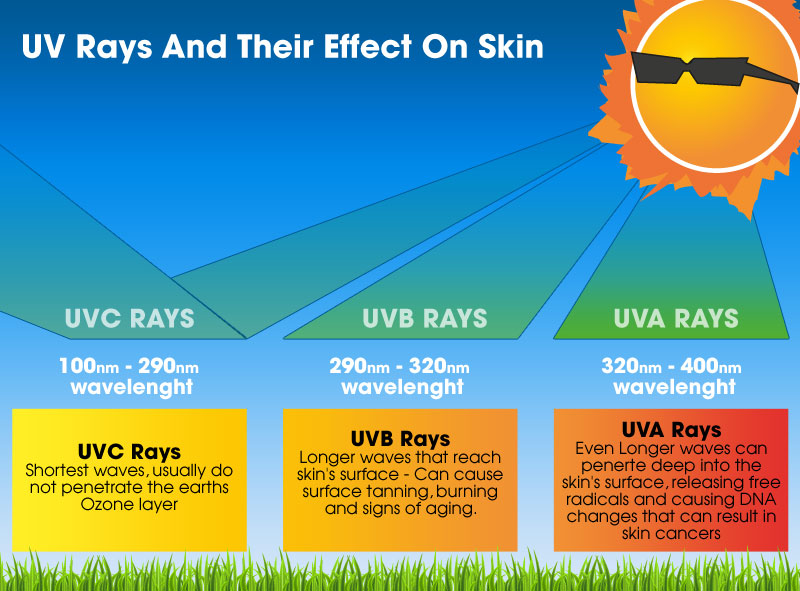'Certified organic' means that an independent agency accredited by the United States Department of Agriculture (USDA) has verified that products labeled as 'organic' meet strictly defined organic standards, as specified by the National Organic Program (NOP).
Both individual products and manufacturing facilities must be certified organic to allow labelling of products as organic or containing organic ingredients. Aubrey was certified as an organic processor in October 1994 by Quality Assurance International of San Diego, California, the first cosmetic manufacturer to be certified organic.
They are also a member of the Organic Trade Association (OTA). The NOP was scrupulously crafted to have jurisdiction over agricultural products used in foods, and has stringent standards for processed foods. The NOP also has jurisdiction over agricultural ingredients (such as jojoba oil and aloe vera) used in personal care products, assuring consumers that those ingredients are produced without pesticides or herbicides and are processed without chemicals.
Aubrey is a founding member of the OTA's Personal Care Task Force, which was formed to review the NOP Standards as they apply to the manufacturing of personal care products. Aubrey advocates strong standards for organic cosmetics including no petrochemicals, no synthetic colours, fragrances or preservatives, and no water-added ingredients.





